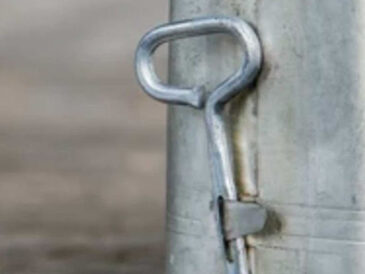Ifans of old movies and Victorian-era novels are no strangers to it: A small wooden door in a bedroom corner where one would least expect it. That’s the commode closet. Not glamorous, but clever.
There was one in the guestroom at my grandparents’ farmhouse. Small, wood door that’s near the side of the bed. As a child, I accidentally kicked over the chamber pot tucked under the bed. Traumatizing. But that corner closet? Total genius.
A Cozy Corner with a Purpose
Using an outhouse, in the middle of winter, is not ideal. The commode closet took care of that. A small, beadboard-lined room had a little latch or door and concealed a chamber pot.
In my current home in coastal Maine, there’s a small arched alcove in the bedroom. I thought it was decorative. It was, it turns out, built to house a pot for late-night emergencies. Remote, with no running water, no bother — only a simple fix to fight off the freezing nights.
Design Meets Necessity
These were the cloaks of privacy and convenience. Some housed shelves for washbasins and water pitchers. Others had tiny vents. They were an extension of the room, finished in beadboard and not particularly slapdash or awkward.
It reveals how homeowners navigated between utility and comfort. Not full bathrooms, but an ingenious halfway point predating the dominance of modern plumbing.

From Chamber Pots to Toilets
By the early 20th century, commode closets gave way to indoor bathrooms. Plumbing spread. The toilet rendered the chamber pot obsolete. But the closets remained in older homes, sometimes overlooked, ignored or mistreated.
If you live in or have visited a house from the 1800s or early 1900s, chances are you’ve seen one. A tiny piece of architecture with a giant story to tell.
Why I Kind of Love These Weird Little Spaces
I’m weirdly fond of mine. It’s never used again, but it’s a nice touch. A conversation starter. A reminder of how people just got by with what they had — and made things work.
And when possible, avoiding a freezing walk outside in the dark? That’s just smart design.
That was a commode closet. Simple, smart and subtly essential. An ephemera that speaks volumes about how homes used to function — and about how people carved out comfort where they could.





